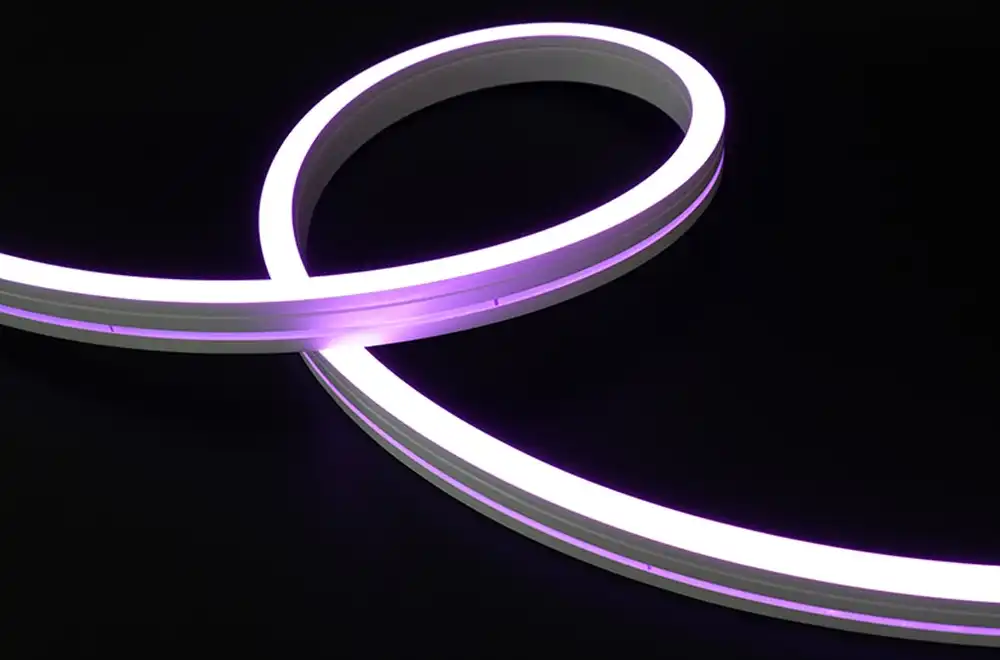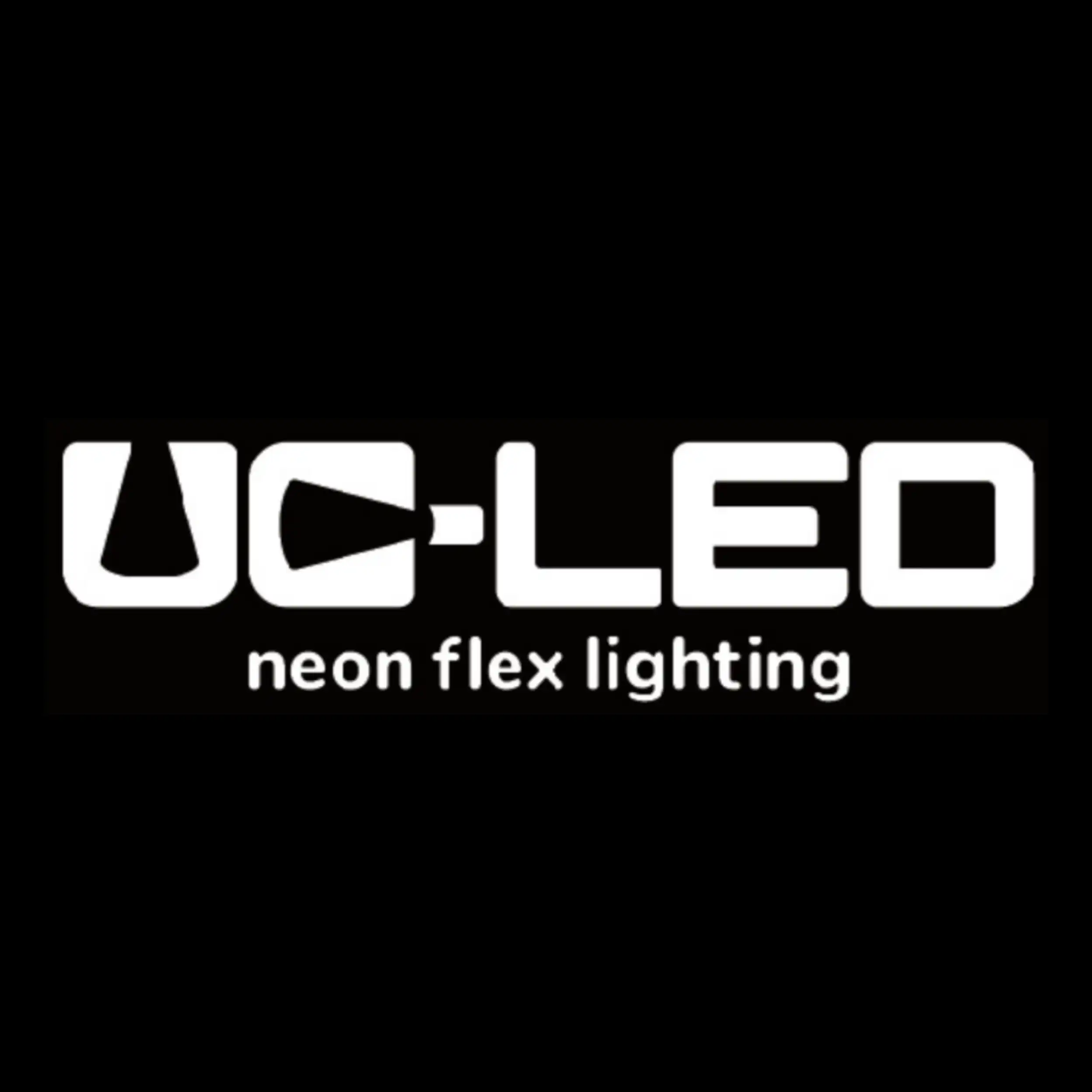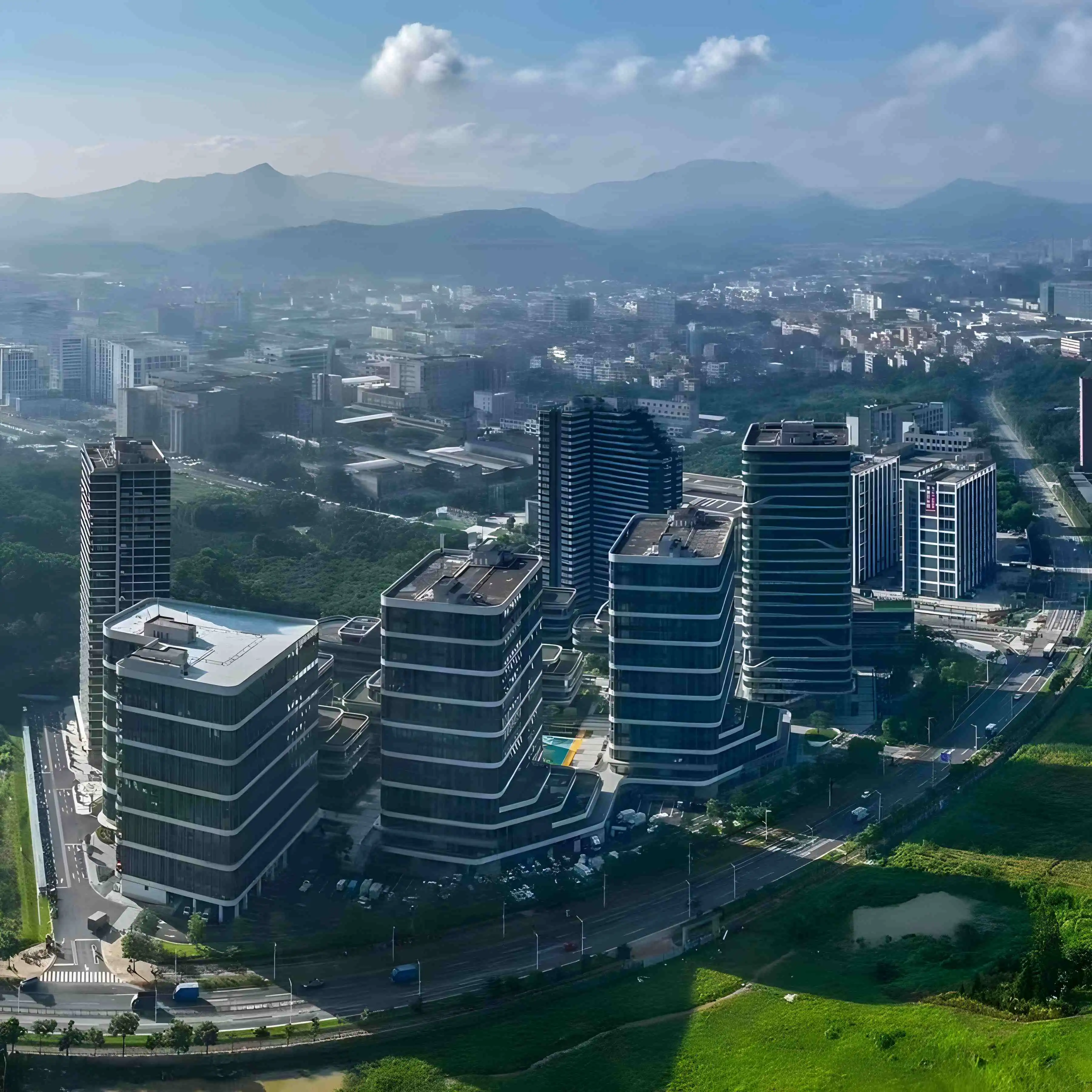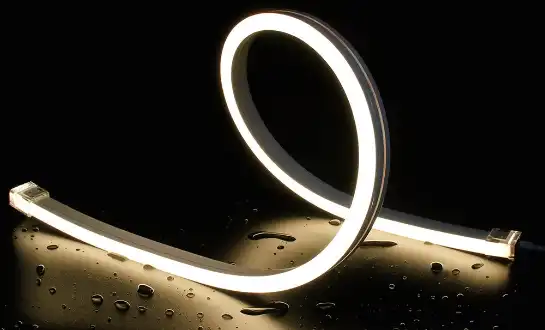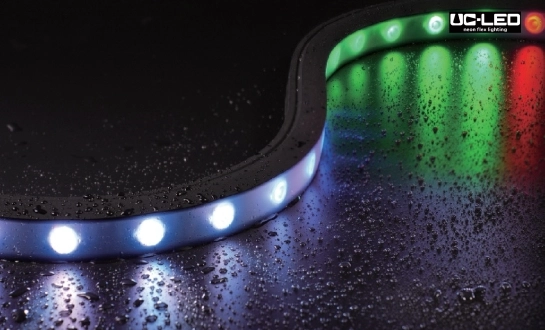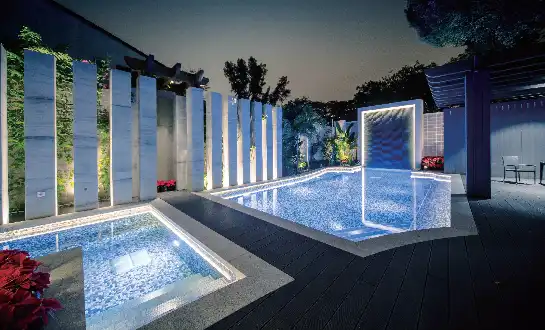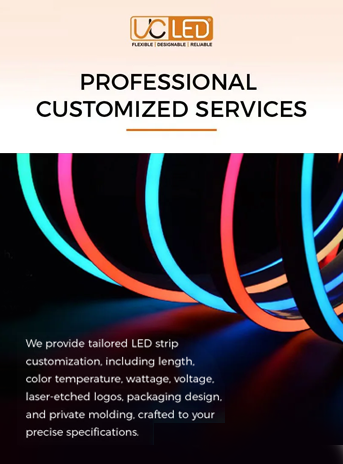Understanding LED Neon Flex and Dimming Technology
What is LED Neon Flex?
LED Neon Flex is a modern lighting solution that mimics the appearance of traditional neon lights while offering superior flexibility, energy efficiency, and durability. Unlike conventional neon tubes, LED Neon Flex utilizes light-emitting diodes (LEDs) encased in a flexible, translucent PVC or silicone housing. This construction allows for easy installation in various shapes and designs, making it a popular choice for both indoor and outdoor applications.
The versatility of LED Neon Flex extends beyond its physical flexibility. It's available in a wide range of colors, including RGB options that can produce millions of hues. This adaptability makes it suitable for diverse settings, from architectural accent lighting to vibrant signage and decorative installations.
The Role of Dimming Drivers in LED Neon Flex Systems
Dimming drivers are crucial components in LED Neon Flex systems, acting as the brain behind the lighting's adjustability. These sophisticated devices regulate the power supplied to the LEDs, allowing for precise control over brightness levels. By modulating the current or voltage, dimming drivers can seamlessly adjust the light output from 100% brightness down to as low as 1% in some cases.
The integration of dimming drivers with LED Neon Flex opens up a world of possibilities for lighting design. It enables dynamic lighting scenarios, where brightness can be adjusted to suit different times of day, activities, or moods. This level of control not only enhances the aesthetic appeal of spaces but also contributes to energy efficiency by allowing users to reduce power consumption when full brightness isn't necessary.
Benefits of Dimming Control in LED Neon Flex Applications
Enhanced Ambiance and Mood Setting
One of the primary advantages of incorporating dimming drivers with LED Neon Flex is the ability to create and adjust ambiance effortlessly. In restaurants, for example, lighting can be bright and invigorating during lunch hours, then dimmed to create a more intimate atmosphere for dinner service. Retail spaces can use dimming to highlight specific products or areas, guiding customer attention and enhancing the shopping experience.
The smooth dimming capabilities of LED Neon Flex also allow for the creation of dynamic lighting scenes. This feature is particularly valuable in entertainment venues, where lighting plays a crucial role in setting the mood. From gradual fades to sudden brightness changes, the possibilities for creating immersive environments are virtually limitless.
Energy Efficiency and Cost Savings
Dimming control significantly contributes to the energy efficiency of LED Neon Flex installations. By reducing brightness levels when full output isn't required, power consumption decreases proportionally. This not only leads to lower electricity bills but also extends the lifespan of the LEDs by reducing heat generation and stress on the components.
Moreover, the ability to dim lights in response to natural light levels or occupancy can result in substantial energy savings. In commercial spaces with large LED Neon Flex installations, implementing smart dimming strategies can lead to a significant reduction in operating costs over time.
Customization and Flexibility
Dimming drivers provide users with unprecedented control over their lighting environments. This level of customization allows for the creation of tailored lighting solutions that can adapt to various needs and preferences. In residential settings, homeowners can adjust lighting to complement different activities, from bright illumination for tasks to soft, warm glows for relaxation.
The flexibility offered by dimming control also makes LED Neon Flex an ideal choice for multi-purpose spaces. A conference room, for instance, can quickly transition from a well-lit meeting area to a dimly lit presentation space with the simple adjustment of dimming levels.
Implementing Dimming Control in LED Neon Flex Projects
Choosing the Right Dimming System
When implementing dimming control for LED Neon Flex, selecting the appropriate dimming system is crucial. There are several types of dimming protocols available, including 0-10V, DALI (Digital Addressable Lighting Interface), and DMX (Digital Multiplex). Each system has its strengths and is suited to different applications:
- 0-10V Dimming: A simple and cost-effective option suitable for basic dimming needs in residential and small commercial spaces.
- DALI: Offers more advanced control and is ideal for larger commercial installations where individual fixture addressability is required.
- DMX: Provides precise control over color-changing LED Neon Flex and is commonly used in entertainment and architectural lighting applications.
The choice of dimming system should be based on the specific requirements of the project, including the level of control needed, the scale of the installation, and compatibility with existing building management systems.
Integration with Smart Lighting Controls
To maximize the benefits of dimming control, LED Neon Flex can be integrated with smart lighting control systems. These advanced systems allow for automated dimming based on factors such as time of day, occupancy, or ambient light levels. By incorporating sensors and programmable controllers, LED Neon Flex installations can operate autonomously, optimizing energy use and enhancing user comfort without manual intervention.
Smart lighting controls also enable remote management of LED Neon Flex installations. Through mobile apps or centralized control panels, users can adjust dimming levels, create lighting scenes, and monitor energy consumption from anywhere. This level of control is particularly valuable in large-scale commercial installations or multi-site projects.
Best Practices for Installation and Configuration
Proper installation and configuration are essential for achieving optimal performance from dimming-enabled LED Neon Flex systems. Some best practices include:
- Ensuring compatibility between the LED Neon Flex, dimming driver, and control system to avoid flickering or inconsistent dimming.
- Properly calibrating the dimming range to achieve smooth transitions from maximum to minimum brightness levels.
- Implementing proper wiring and grounding to prevent electromagnetic interference that can affect dimming performance.
- Considering the impact of voltage drop in long runs of LED Neon Flex and adjusting power supply and driver placement accordingly.
- Providing adequate training to end-users on how to operate and maintain the dimming system effectively.
By following these best practices, installers can ensure that LED Neon Flex installations with dimming capabilities deliver the intended performance and user experience.
Conclusion
LED Neon Flex with dimming drivers represents a significant advancement in lighting technology, offering unprecedented control over illumination in various applications. The ability to adjust brightness levels enhances ambiance, improves energy efficiency, and provides the flexibility needed in modern lighting design. As LED technology continues to evolve, we can expect even more innovative applications of dimming control in LED Neon Flex systems, further cementing its position as a versatile and indispensable lighting solution.
For more information on how LED Neon Flex with dimming capabilities can enhance your lighting projects, or to discuss custom solutions tailored to your specific needs, please contact us at Linda@uc-led.com. Our team of lighting experts is ready to help you illuminate your space with precision and style.
